I don’t think I’m going out on a limb when I say that most of us who work within the fields of fantasy, science fiction, and horror were inspired by various images and experiences from childhood, including dressing up and going out trick-or-treating. Not to say that the experiences of All Hallow’s Eve exclusively determined our interests or career choice, but I think it’s safe to assume that as creatives we take delight in—and draw influence from—everything associated with this time of year, macabre or not. Since it’s Halloween I thought I’d share some of my early influences and then ask a question at the end.
Above left: We had a print, “All Is Vanity” by Charles Allan Gilbert, hanging in our house when I was growing up. I never asked my parents about it, but in later years it struck me as not really reflecting their tastes (they liked landscapes) so it never quite seemed to fit, if you know what I mean. Regardless, it used to scare the crap out of me. Above right: Others had Zacherley or Vampira, we had Gregory Graves as our Saturday night horror host. He’d tell a few bad jokes then show a monster movie; I first saw most of the classic horror films thanks to his show.
Above: Around Halloween The Wonderful World of Disney would show their 1949 short adaptation of “The Legend of Sleepy Hollow.” It was both funny and scary and quite memorable.
Above: Rod Serling’s anthology TV series The Twilight Zone mixed social allegory with fantasy, SF, and horror stories. There are various TZ marathons on cable channels now so it’s pretty easy to see what the hubbub was about. “Nightmare at 20,000 Feet” (based on a short story by Richard Matheson) might seem quaint today, but, believe me, in 1963, scared the poop out of everyone.
Above: “There is nothing wrong with your television set. Do not attempt to adjust the picture…” The Outer Limits was another 1960s series similar the The Twilight Zone, but with a distinctly science fiction bent (two episodes written by Harlan Ellison were inspirations for the film Terminator and subsequently prompted a lawsuit). The photo above is one of “The Zanti Misfits” that were stop-motion animated by Jim Danforth which, because of the expense, was about the only time the special effects process was used in an early television series.
Top: From the same publisher as Famous Monsters (James Warren), Creepy magazine brought together many of the legendary artists from EC Comics. Mostly written by Archie Goodwin, the horror stories illustrated by John Severin, Johnny Craig, Al Williamson, and others (often wrapped between attention-grabbing covers by Frank Frazetta) were more “illustrative”—more “serious,” it seemed—than the majority of the superhero comics of the day. The cover is by Jack Davis. Above left: Famous Monsters of Filmland excited a lot of baby-boomer kids, including Steven Spielberg, Joe Dante, Stephen King, and John Landis. This cover painting is by a very young Ron Cobb who would go on to be a highly regarded concept artist for Star Wars, Alien, and Conan the Barbarian among others. Above right: The Wow! page from Frank Frazetta’s last full-length comics story—”Werewolf!”—that ran in Creepy #1 was a big influence for my becoming an artist. I didn’t discover Creepy till its ninth issue, but I quickly sent my allowance money to Warren Publishing for back issues, including #1 featuring Frank’s story. Frazetta’s art hit me like a ton of bricks at just the right time and helped nurture my interest in the fantastic.
. . .
That’s a very few of the bricks, all appropriately spooky for the season: there were other influences, naturally, many that have nothing to do with F/SF/H. But along with all the other types of art I’ve created or art directed through my career, I did do batches of horror book covers and, while at Hallmark, was one of the design leads for their Boo Bazaar line of products.
Above: A commercial for Hallmark’s Boo Bazaar line way back in 1987. It was a giant profit-generator for several years and featured all sorts of cool products, including lawn decorations, window clings, T-shirts, and sculpted pins that lit up and had moving parts. Unfortunately, as is often the case in the corporate world, the creative team was rotated to other projects; the replacements didn’t have the same feel for or understanding of the line (and what customers wanted) and within a very short time effectively killed it. Now there’s a horror story.
Shoot, I even got to art direct a photo shoot for a line of cards featuring Cassandra Peterson aka Elvira, Mistress of the Dark. (I still have a bunch of outtakes. For research, naturally.) The solutions for many of these projects were at least partly influenced by my early interests. So my question today—no, lets make it two questions—for all of you reading today are these:
1] What art—or films or TV shows or whatever—helped influence either your decision to be an artist or your interest in fantastic art?
And
2] What was your favorite Halloween costume?
It’s been a tad quiet in the comments section lately on MC, so please, chime in: I’d like to know what inspired you.


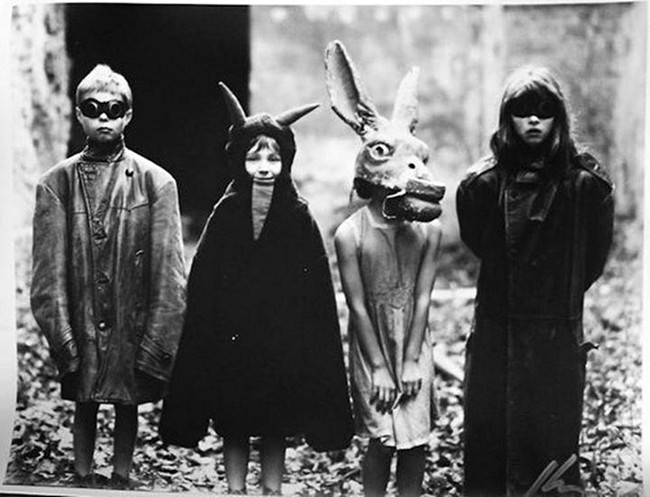
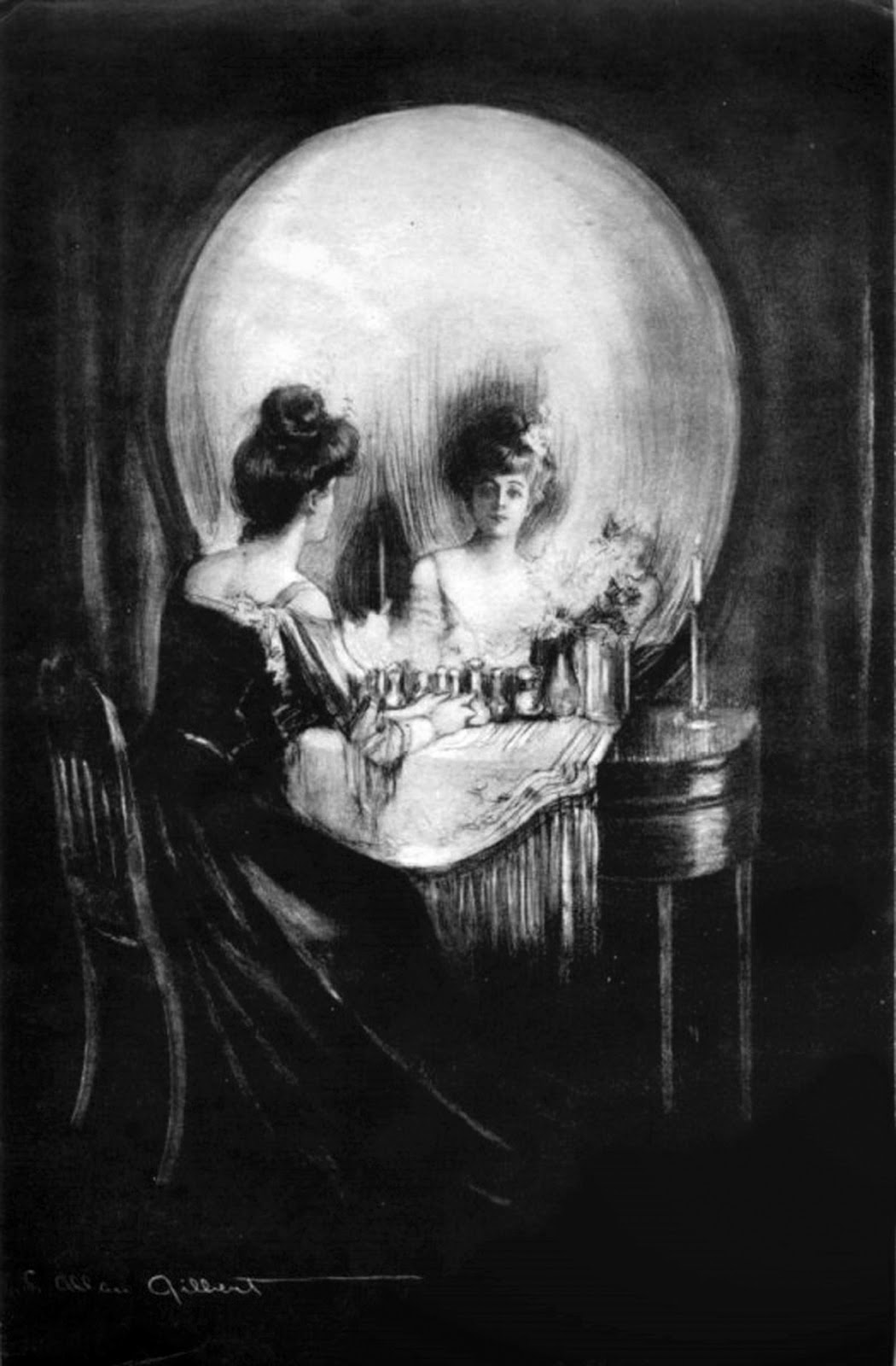
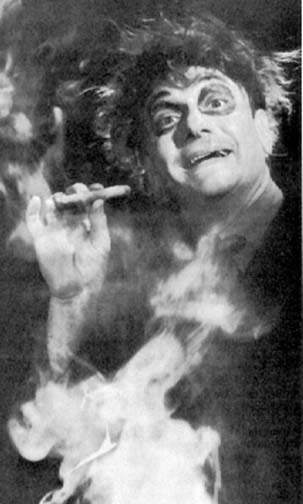
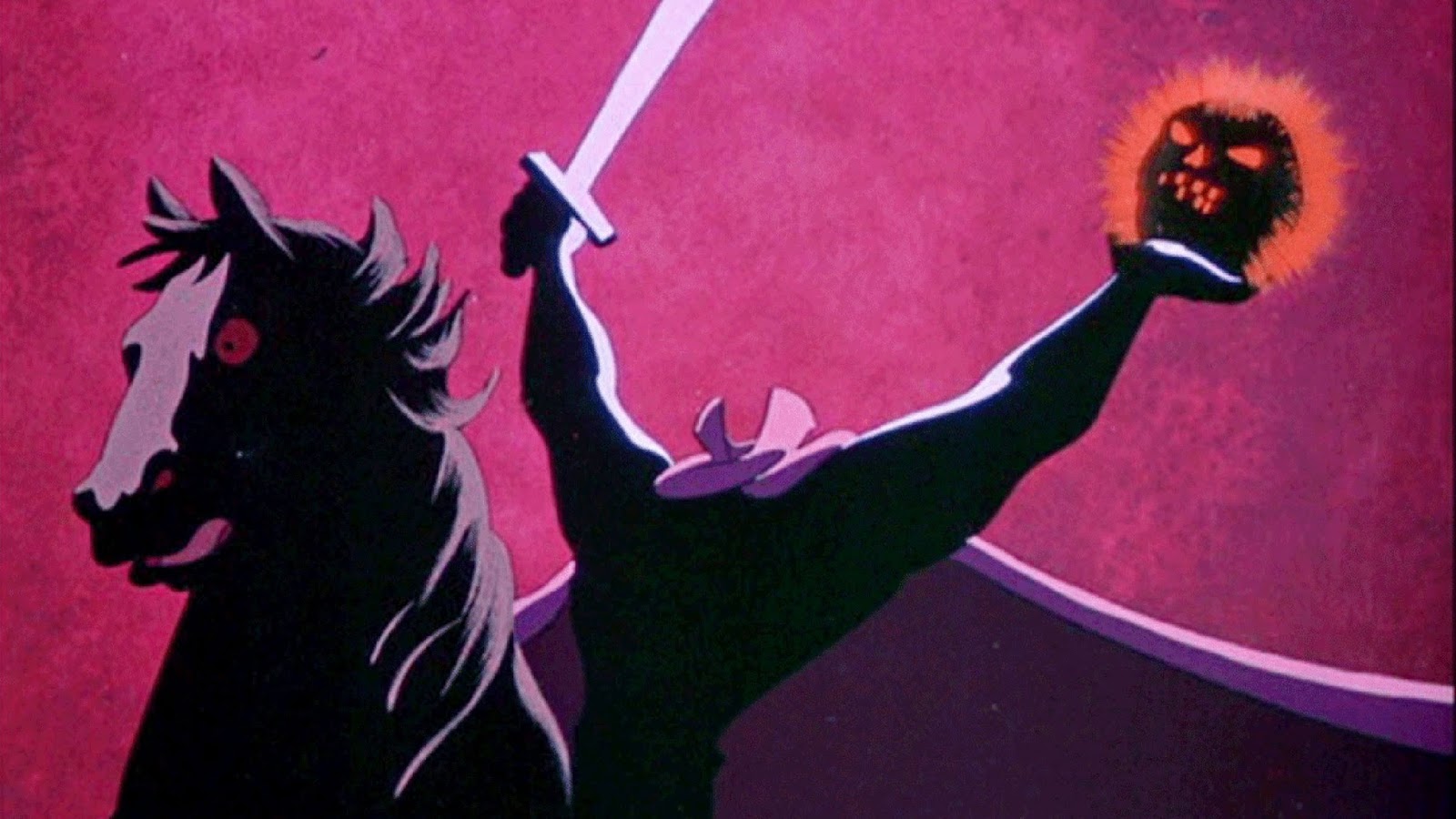


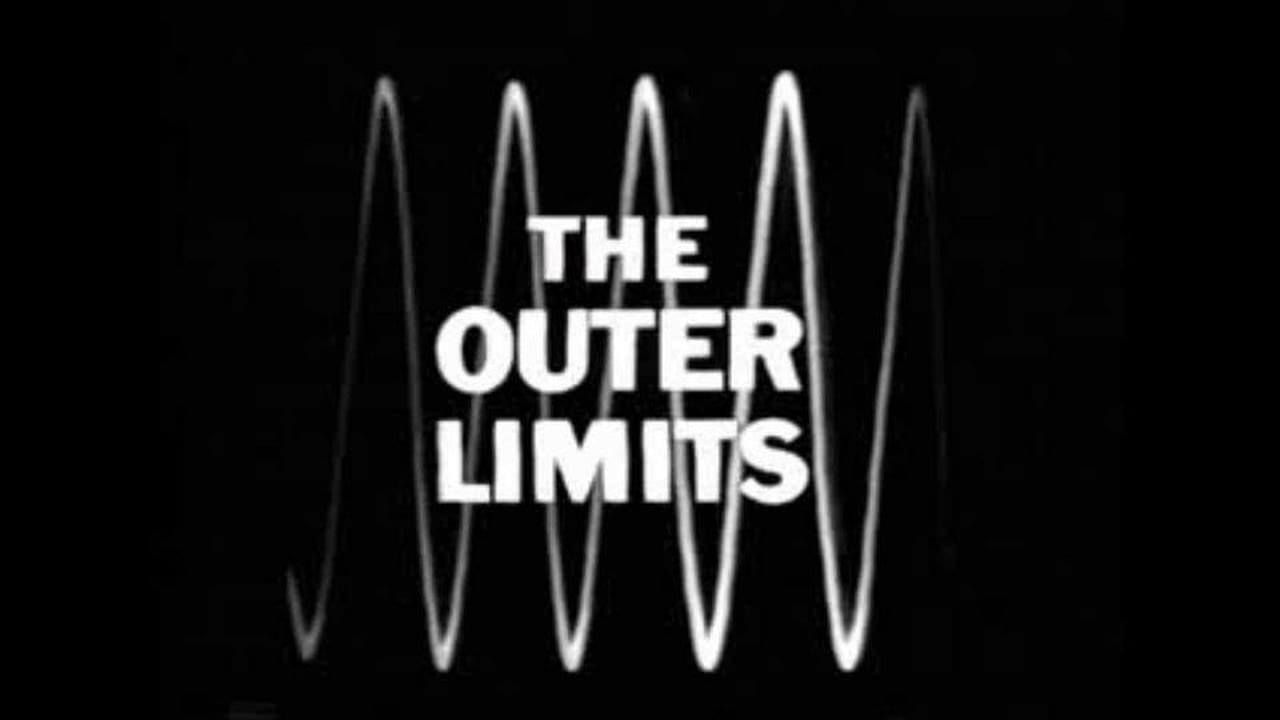
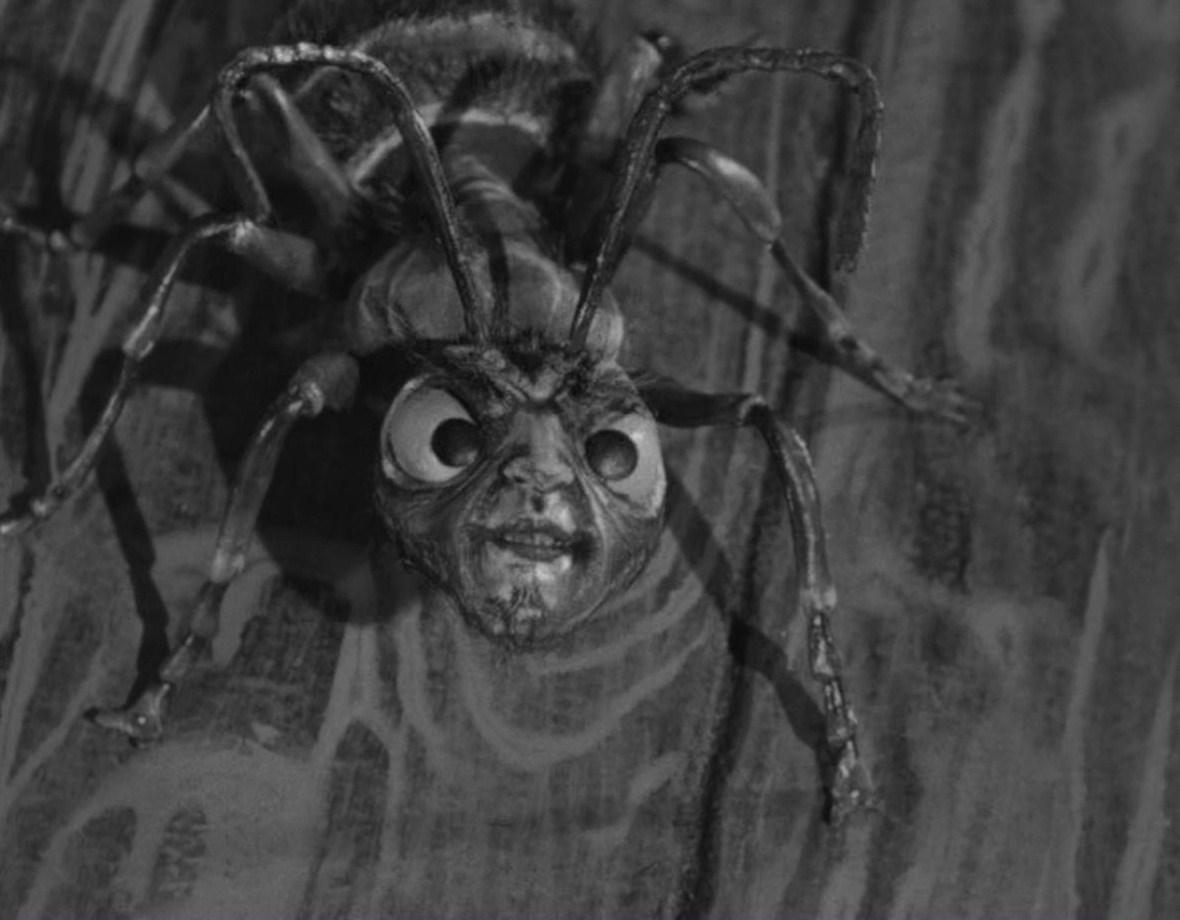
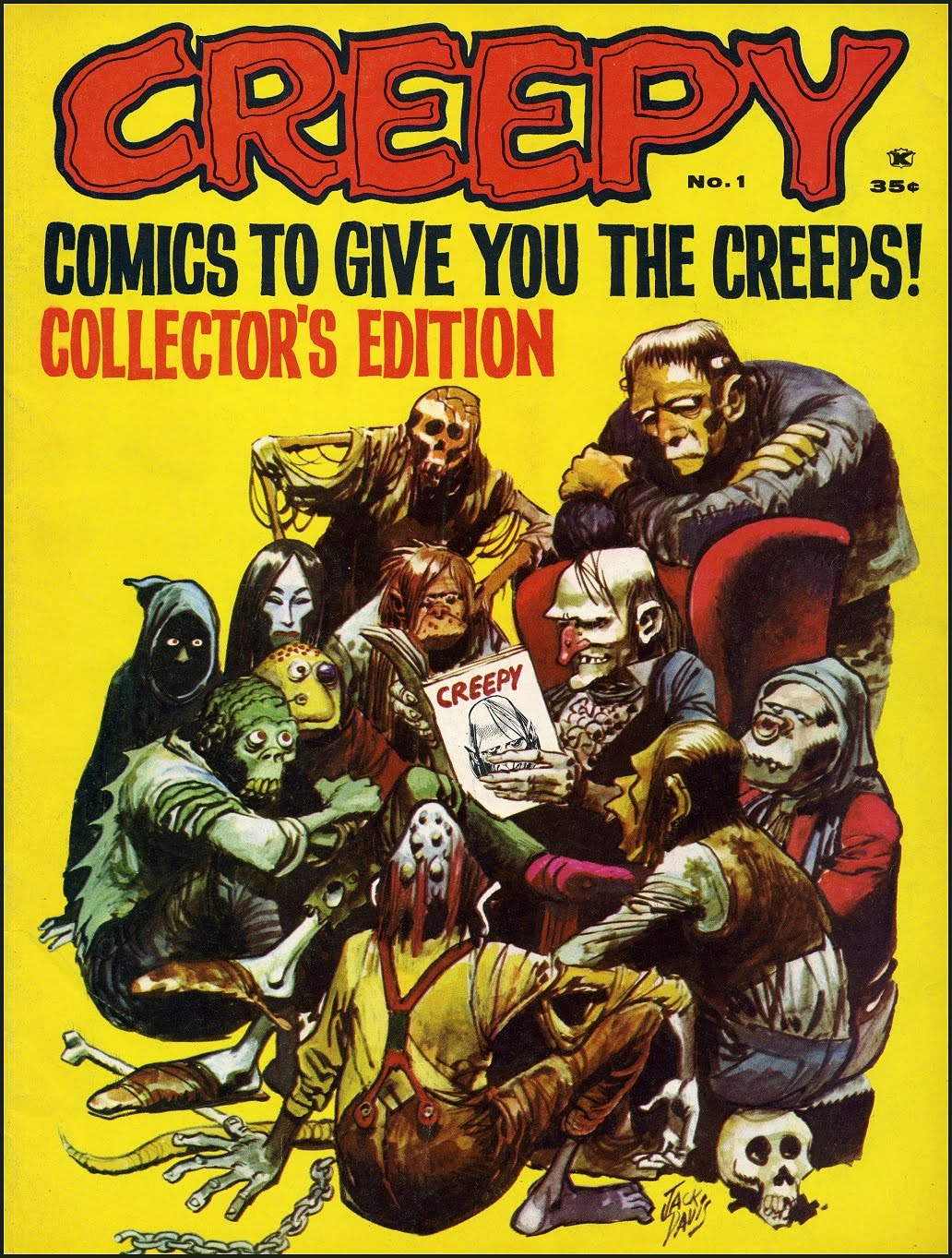
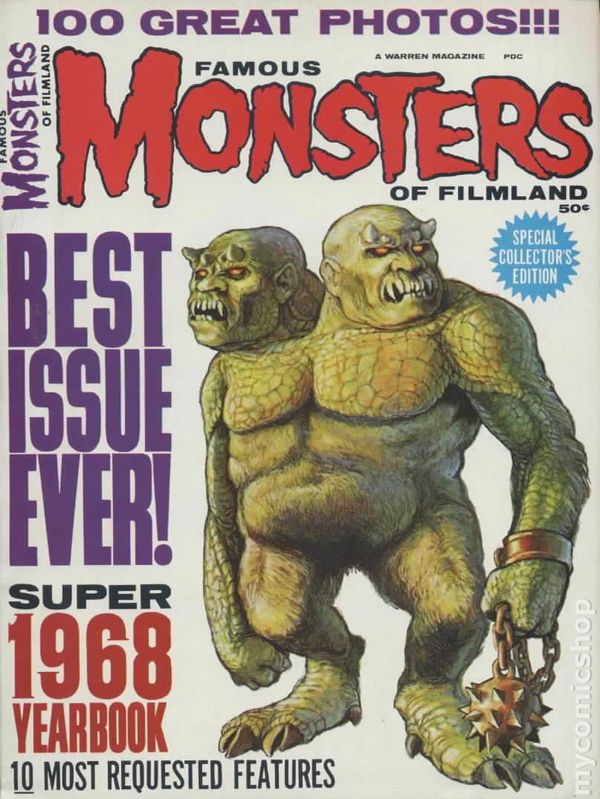
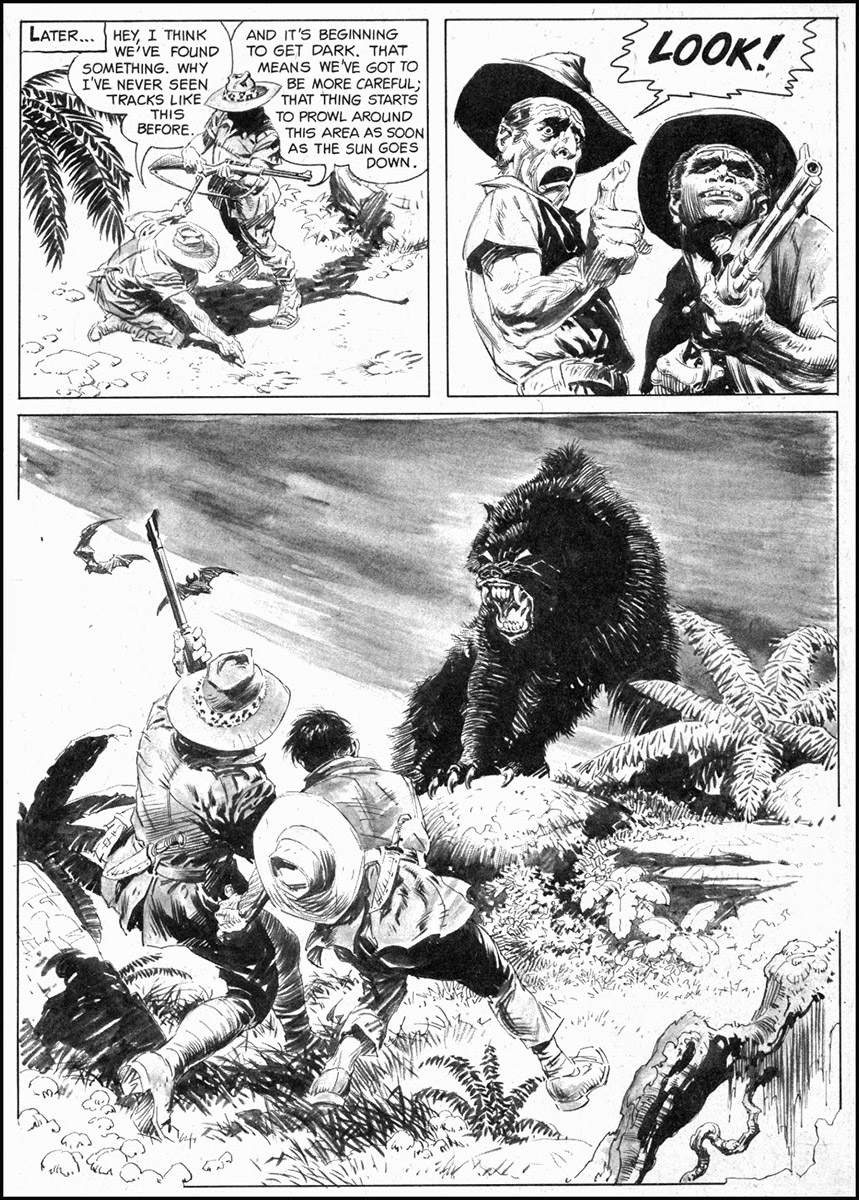
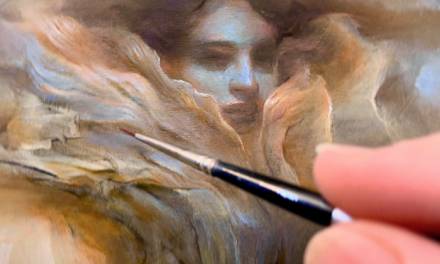
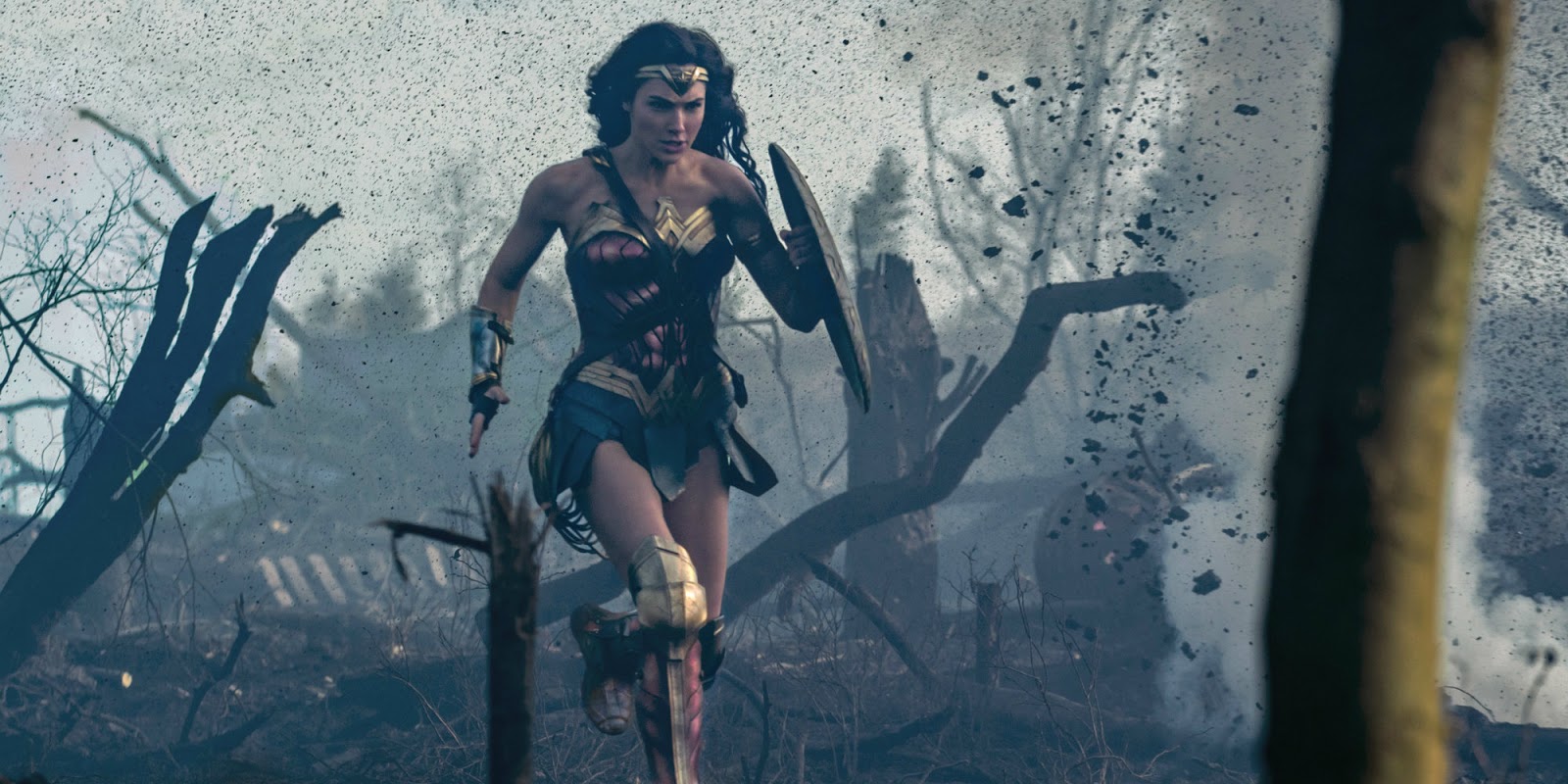
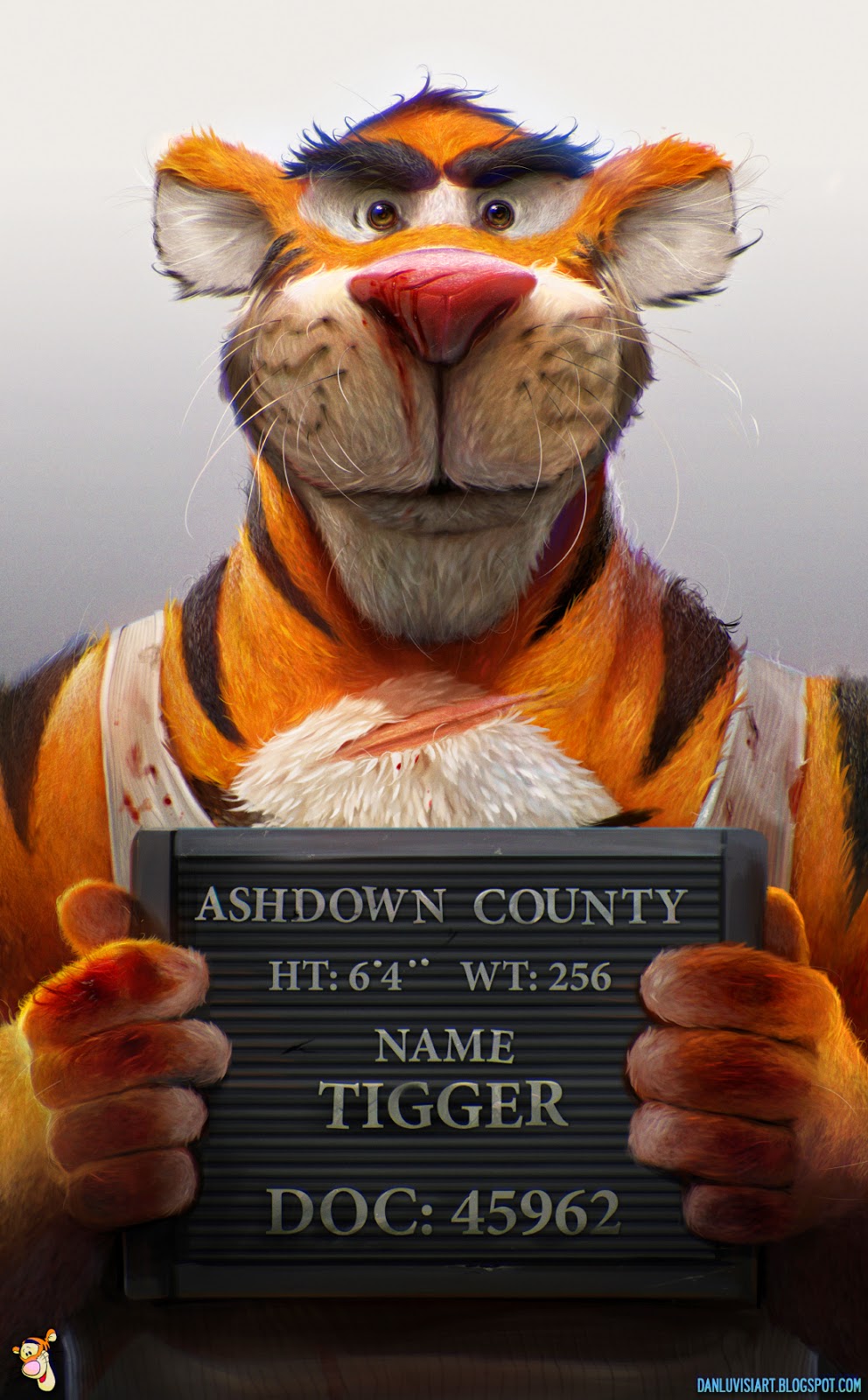
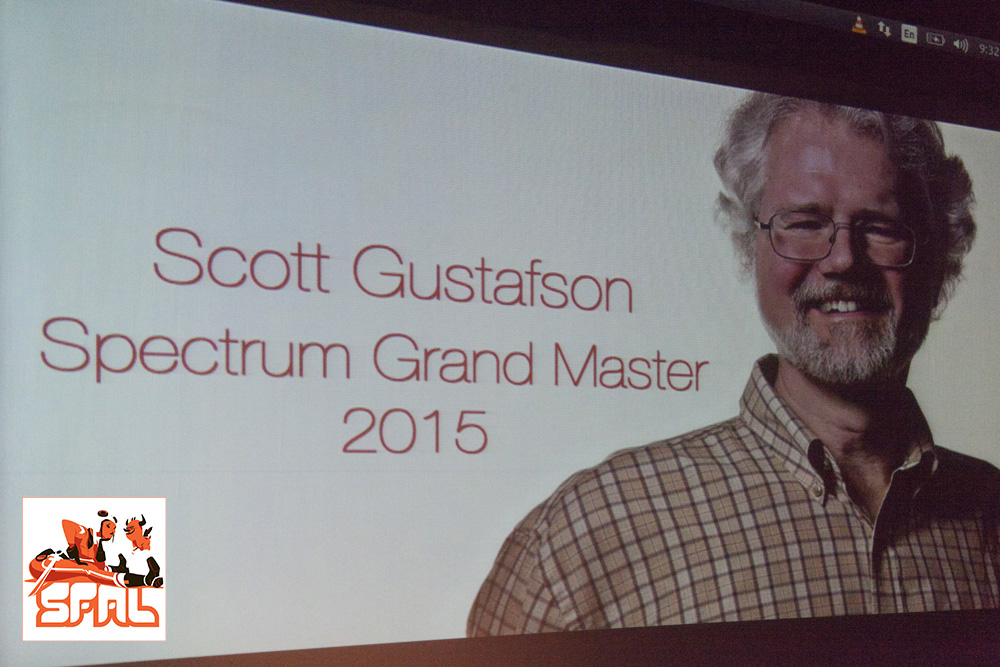
Hey Arnie-
1. Like many artists, Frazetta had a huge impact on me. As far as horror goes, I remember stumbling into an Antique shop when i was a teenager and finding a motherload of back issues of Creepy, Eerie, etc. I was a diehard Wrightson fan after that! Also, darker music has inspired my Macabre work a great deal.
2. Costumes, can't really remember any that were too creative. The ones i made as an adult for Halloween parties were and are much better. I went as Odin a few years back, by far my fav costume!
Cheers-
Myke
For me it was staying up to watch “Kolchak, the Night Stalker” as well as Hammers Horror films(The blood was like a character) and the classic Universal films like the “Creature from the black lagoon” Why has no one remade that one? Not that it would be better but who knows. Godzilla and anything by Ray Harryhausen were also big influences. My own favorite Halloween costume was a armored Knight made of tinfoil and a cardboard sword and shield. I think i was 8 years old or so but I remember wearing it proudly. Thanks for the flashbacks Arnie!
I first saw Frazetta's work in the book “The Fantastic Art of Frank Frazetta”. It blew me away! I was already a Marvel comics fan, especially of John Buscema's work. Frazetta was a whole new level of cool!! Around that time, I loved going to the Saturday matinee and seeing the Sinbad movies, with the stop-motion creature effects, which were the epitome of fantasy special effects. Then Star Wars came out. Science fiction movies changed forever. I started to notice really cool movie poster and TV Guide art by Richard Amsel and Drew Struzan. There was no going back!
Yep. I would have to say “Star Wars”. I was 9 when I saw it in '77. Huge impact…that and comics.
I got hooked by Jeff Wayne's war of the worlds! I used to listen to this strange music looking at the albums art work and having nightmares at bedtime. A strange twist came at art college when I met my illustration teacher and realised that it was Mike trim who painted the original cover artwork! I learnt a lot from Mike over the years and thank him for helping me find my way.
Incredible Hulk #286… I can vividly remember reading it in my damp, cold, musty bedroom that also served as a laundry room growing up. Sal Buscema's art just grabbed me like a pair of Hulk fists reaching right out of the page. I was hooked! Ironically it too was based off of a Harlan Ellison story.
Thanks everyone! Keep 'em coming!
Late in reply, but here goes: As much as Sam G's comment takes me back to my day-after-opening-day Star Wars premiere memories and how much that movie blew the mind of… well, pretty much everybody at the time, I'd have to say the the original Star Trek series is the defining starting point of my aesthetic tastes and design sensibilities. There's so much there, the colour, the lighting, set and prop design, costuming, mattes, shot compositions, world-building… it just looms for me in a way that nothing else matches.
I mentioned this in Greg's class a few weeks back: nearly six years ago, there was an article by Mervyn Nicholson on Star Trek and minimalism over at Bright Lights Film Journal that really articulated that show's impact on my artistic expression. Reading that fantastic piece, I realised how much I was still processing things that I soaked up while watching the show in my early childhood. Nicholson lays it out so much better than I could here – give it a read!
After that, it would be three pivotal art collections: the Ballantine “Fantastic Art of Frank Frazetta” book, Roger Dean's “Views”, and the 1977 Tolkien calendar by the Hildebrandts (throw in a steady diet of Starlog magazine and Heavy Metal to expose me to all the great SFX, concept and comic artists!)
Best costume? When we were very small, my mom made me and my little brother Batman & Robin (TV version) costumes that were pretty great! Somewhere between my mother and me there's a picture of 'em…
The movie that first made me think about making art was Sleepy Hollow. (Seasonally appropriate, no?) Something about the art direction clicked with me, and I started thinking about the work that led to set design, character design, props, costumes, and the like. Behind-the-scenes art books for films helped, as did the DVD extras about production design for the Lord of the Rings, but Sleepy Hollow got the ball rolling.
Favourite Halloween costume? I pulled together some clothes and props to play the mutant Gambit once as a little kid, but I doubt it was any good. I tried it again for a Halloween party when I got a bit older, and I think the result was more successful.
The show Night Gallery along with Outer Limits and Night Gallery, Romero's Night of the Living Dead, Arthur Szyk's work on Andersen's Fairy Tales. I never remember putting that much into my costumes, just enough to get candy. It was the mischief that was paramount. Costume had to fit so I could move fast.